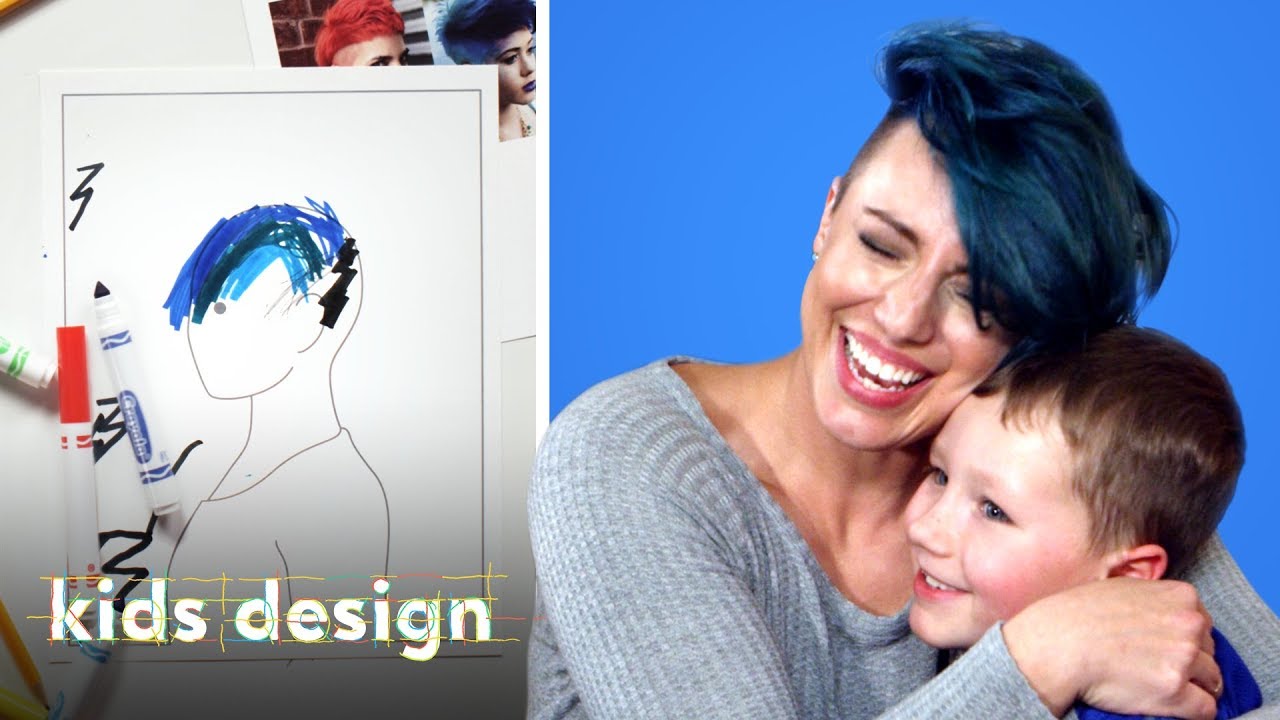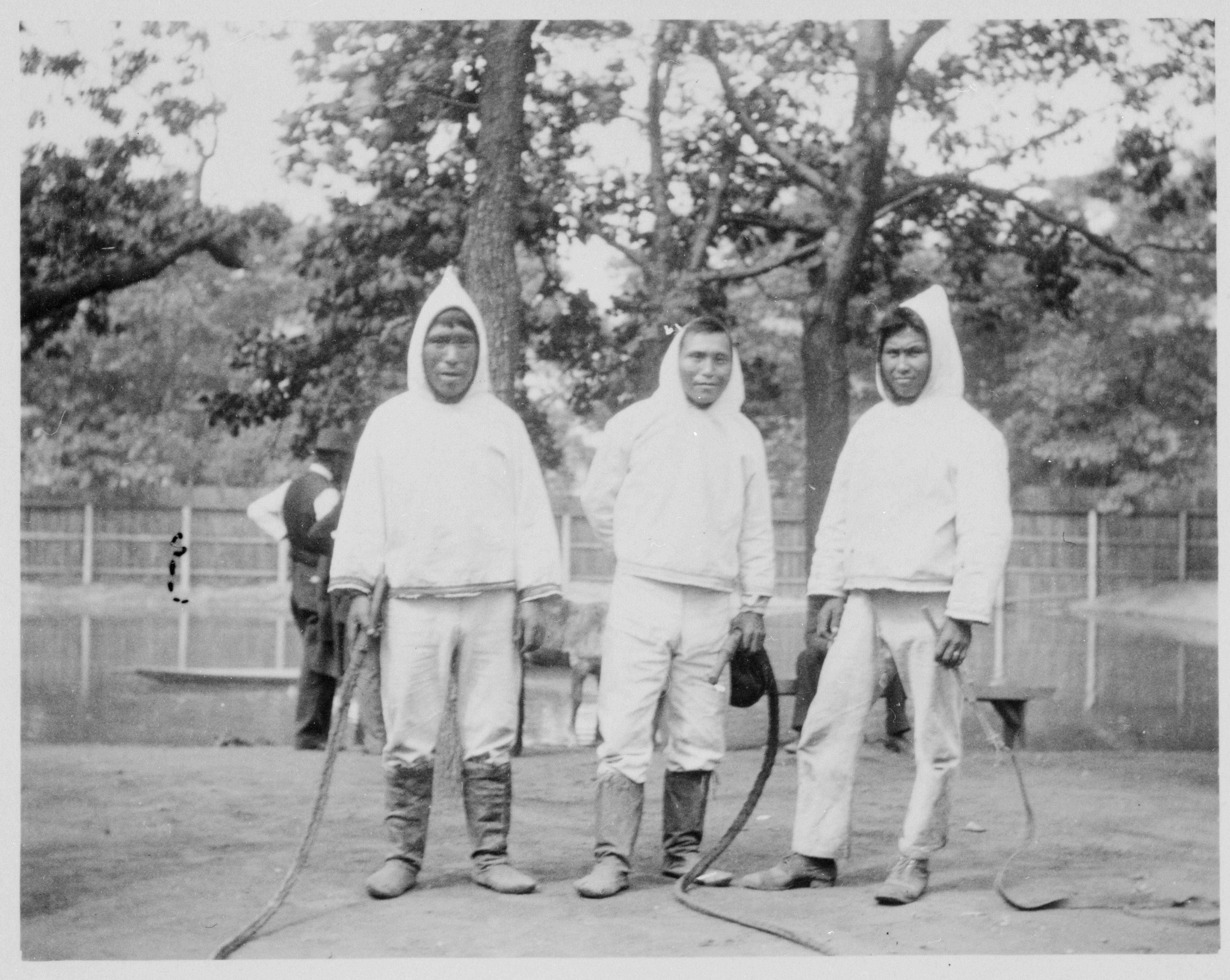
A type of art that repeats the same motif over and again, is called repetition art. The artist tries to achieve a high level of perfection. However, repetition art is more than just repetition. The artist's intention is to create an experience that viewers can't get anywhere else. Here are some examples.
Andy Warhol
Andy Warhol's repetition work is a type conceptual art where an artist creates the exact same image multiple times. The artist took a photo of a skull he found at a flea-market and altered it six times. Andy Warhol was intrigued by updating the skull motif. It has a long and rich history. He contrasts the dark skull with bright candy colors. The images remind viewers that death is an inevitable part of life.
Damien Hirst
Damien Hirst's repetition artwork is both shocking and hypnotic. Its subject is life, a cycle that can be repeated a thousand times. His sculptures are filled with objects that do not have a normal function and look horribly real. These sculptures can induce a trance-inducing feeling because they are often detailed.

Do-Hu Suh
Do-Hu Suh is an artist from South Korea whose work explores home through repetitive forms. He was born in Seoul and has lived in Berlin, New York, and London. His work can be seen in lightbox works, video installations and white fabric sculptures. Do-Hu Suh creates multiple versions one single figure in his series Hubs. It is a gateway to the rest of life.
Gustav Klimt
Gustav Klimt’s repetition art is an example of his visions that transcend the ordinary to the sublime. His visions combine tradition and modernity, and his artworks are colorful and richly ornamented. His central theme was the beauty and grace of women.
Yayoi Kusama
Yayoi Kunsama's repetition arts are both complex and easy to understand. The artist began creating Infinity Mirror Rooms in the 1960s, and since then, she has created over twenty distinct installations of her work. Each room is an enclosed chamber with mirrors. Kusama's works are like a window to her mind. They immerse the viewer in her vision.
Allan McCollum
Allan McCollum's repetition art focuses on the tension of uniqueness and mass production. The artist's work, which began in the late 1960s, examines the notion of identity in the age of mass production. McCollum's artworks explore the meaning of objects, their individuality and how they are perceived by people in mass culture.

Piet Mondrian
Piet Mondrian created the large painting Piet Mondrian’s Red Tree in 1908. It depicted the conflict between blue and red skys. This vibrant work was part in a group exhibit at Amsterdam's Stedelijk Museum. The Stedelijk Museum established the Dutch avant garde. Mondrian was a member of two local art societies in 1894. Mondrian's early work was heavily influenced by the Dutch impressionist movement.
M.C. Escher
Escher used both mathematical and physical concepts in his work. In his first work, he created abstract geometric shapes that were then gradually replaced by stylized animal characters. Escher's work was unique because it covered the entire sheet of paper, without any negative space. Some of his most well-known works even included shading and perspective. The Penrose Triangle was also a mathematical concept that he used. This geometric shape has a similarity to the Mobius-strip and the impossible item.
FAQ
What can pop-culture teach us?
Today's society values material possessions over all else. This is especially true of young people. They spend hours per day looking at screens. They look at screens and watch videos, as well as play video games and surf the Internet. All this distracts them and makes it difficult to focus on school work. This leads to them failing classes.
In today's world, everyone wants to be accepted. That means being popular. Popularity is dependent on having money, clothes, or other possessions. This can lead to some people doing things that aren’t right.
We are too dependent upon technology. Technology has given us access to all kinds of information. However, not all information is accurate. False rumors are floating around the Internet. These rumors spread quickly as people share them via social media. It is easy to share something without verifying its truth.
People have lost the ability of thinking critically. They believe what they see online. They believe what is written in magazines and on television. They stop thinking about themselves. Instead, they follow the crowd.
We lose control when we rely on other people to tell us what's up. Pop culture teaches us to depend on others. It also makes us lazy. While the truth is often out there, we don't always know it.
What is popular culture in the world of music?
Popular Music Culture can take many forms.
Popular music culture is defined by its use of certain styles of music (e.g., rock, jazz) and lyrics. It also covers the influence of visual media like film, television, fashion advertising, and so on, on artists' careers as well as public perception.
It's also how fans interact and support their favorite artists.
The rise of superstars - musicians who have made a name for themselves - is one aspect of popular music culture.
These icons transcend many genres and have become cultural icons. Their popularity has also influenced the development of popular music.
Other aspects of popular music culture include:
* The rise and development of recording technology, from acoustic instruments through to electric guitars or microphones.
* Invention of the record player and radio
* The birth of the rock 'n roll era;
* The introduction TV and film
* The birth of MTV/VH1;
* The creation the internet.
What are some good aspects of pop culture
Pop culture has some positive aspects. Pop culture can be used to spark conversation. Also, it helps people express their creativity. Pop culture can be used to promote artists' work.
In my opinion, the best thing about pop culture is that it brings people together. Everyone wants to watch the exact same shows. Everyone enjoys the same music. Everybody likes the exact same movies. Pop culture allows people to connect.
Pop culture can be unhealthy. Some movies glorify violence. Some programs on television make fun of those with mental disabilities. Others encourage their fans and followers to get high.
So what should we do with the negative aspects of pop culture?
We should try to avoid the negative parts of pop culture. It shouldn't influence us. It can lead to problems in our health. It can also lead to crime. It can even impact our relationships.
Pop culture should be considered as a way to help or hinder society. Is pop culture promoting good values or negative ones? Are people being encouraged to do wrong things?
Let's not forget to ask ourselves if our world is fulfilling. What do we enjoy about the music we listen too? The TV shows we watch? The clothes we wear?
If we want to ensure the future of our children, we need to take responsibility for what we do. We must decide the world we want. Once we have decided what kind of world we want, then we can choose the best pop culture.
What is pop culture of today?
Pop Culture refers to the art form of 21st century. Pop Culture includes all forms of popular entertainment such as music, film, TV and video games, fashion, advertising and comics. Neil Postman, an author, coined the term "pop" in his 1985 book Amusing Ourselves. He defined "pop" as a style of mass communication that uses cheap tricks and formulaic devices to create an illusion of spontaneity and uniqueness.
However, he noted that most people do not experience true enjoyment because they have become conditioned to seek media experiences that make them feel superior to others. He also argued that cultural expression has contributed to the decline in critical thinking skills among young adults.
Pop culture can also be referred to by the terms popular culture or consumerism.
What examples of pop culture are there in 2021?
Two hijacked airplanes from terrorists crashed into New York City's twin towers on the 11th September 2001. This would be known as September 11, 2001.
The events of this day have impacted popular culture and continue to do so today. We can see how the event has influenced our lives in many ways.
This includes television shows such as 24 and movies such as United 93, which tells the story of what happened during the flight from Boston to Los Angeles on 9/11. It also includes books like The Forever War by Dexter Filkins.
Everyone can remember exactly where they were when the attacks occurred. Some people jumped out of their beds and went outside. Others read newspapers or watched TV.
Pop culture is always changing. Pop culture is a reflection of society and an inspiration. What will happen to popular culture in the next year? We can't tell yet. We do know it will be better than it was before.
Why pop music is popular?
Pop music is fun because it is entertaining! Pop music makes you happy and gives you a sense of freedom. People listen to pop music and can think about nothing but themselves. They don't need to worry about what others think. Pop music is very popular because it doesn't have to worry about what other people think. People love songs that make them happy. Turn on the radio to hear upbeat music if you're feeling low. You might even find yourself singing along. This is why pop music has been so successful over the years.
What can I do to use pop culture in my marketing strategy
Understanding pop culture trends is key to understanding how to incorporate it into your marketing strategy.
Let's take, for example, the promotion of a new movie. What type of promotion could you offer?
You could make a trailer using clips taken from the movie. You could also find a clip featuring one of your products/services and include it in the trailer.
Maybe you could even make a parody using footage from other films.
If you were promoting a product or service that related to the film's theme, then you could create a promotional campaign based on the movie's plotline. One example: If you are promoting a product or service that helps astronauts keep healthy while they travel through space, it might make sense to promote the product.
You could do promotions based upon the plotline of a business related to the movie's subject. A company that sells food could give away free samples to customers who book tickets to see the movie.
Statistics
- [17][18][19]Definition[edit]According to author John Storey, there are various definitions of popular culture. (en.wikipedia.org)
- According to CNBC.com, “more than 70% of the film's revenue came from countries outside the US” (https://www.cnbc.com/2019/01/08/aqua...nal-sales.html, ret. 8/18/19). (socialsci.libretexts.org)
- For example, the term hater meaning someone who strongly undermines or criticizes others, often due to pathetic jealousy, likely emerged from hip hop culture, such as the term playa hateras, used by influential rapper Biggie Smalls as early as 1995. (simplicable.com)
- According to Kathryn Sorrells (2013, pp. 142-144), there are several ways that we can become informed consumers of popular culture. (socialsci.libretexts.org)
- Yet a Nielsen study shows they account for 42% of the country's most-watched content on streaming services. courtesy Nielsen (npr.org)
External Links
How To
What is pop culture in films?
Popular Movies Culture includes all aspects entertainment such as books, magazines, newspapers and television programs. It also includes websites, blogs, social media, apps, gaming, and other media.
There are many types of movies: drama, horrors, comedy, action/adventure and fantasy. Science fiction, romance, thrillers, war, documentary, animated, and westerns.
Movie plots follow a predictable path of events that end with a satisfying conclusion.
How well a film follows this formula will determine its success.
Here are some common plot points:
-
The protagonist must overcome all obstacles to achieve their goal.
-
An antagonist that opposes your protagonist throughout the film.
-
The protagonist must make a moral decision in a moral dilemma
-
A twist ending that changes everything.
If you don't think your story fits into any of these categories, it may be necessary to revise your outline or concept before you begin writing.
These questions are particularly important to consider:
-
How do I establish my setting?
-
What do you think my protagonist wants?
-
Why should readers care what my story is about?
-
Where is my story going now?
-
Who is my main character
-
Is there any conflict?
-
What is the climax?
-
What is my resolution
-
Are you happy with the ending?
-
Do I introduce new characters?
-
Do I have multiple settings in my story?
-
Are there subplots available?
-
Are there any major themes?
-
Is it possible to tell a complete story in just one chapter.
-
Am I using dialogue effectively?
-
Is my language clear and concise?
-
What is the context for my vocabulary?
-
Have I used active voice instead of passive voice?
-
Are there any spelling mistakes?
-
Is my grammar correct?
-
Are there too many adverbs?
-
Do you have any suggestions?
-
What is your first impression after I finish editing?
Your job is not only to write a good book but to get it published.